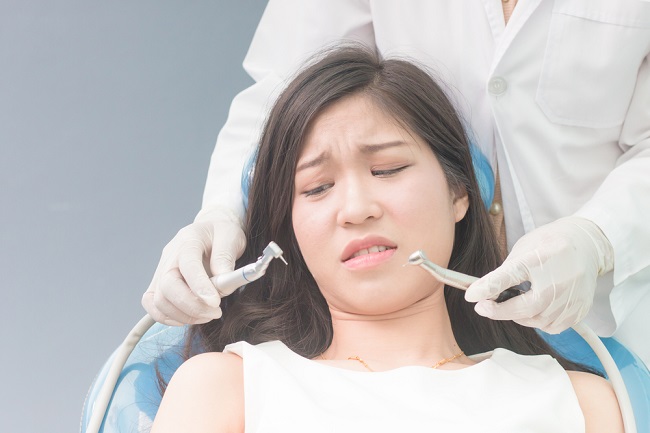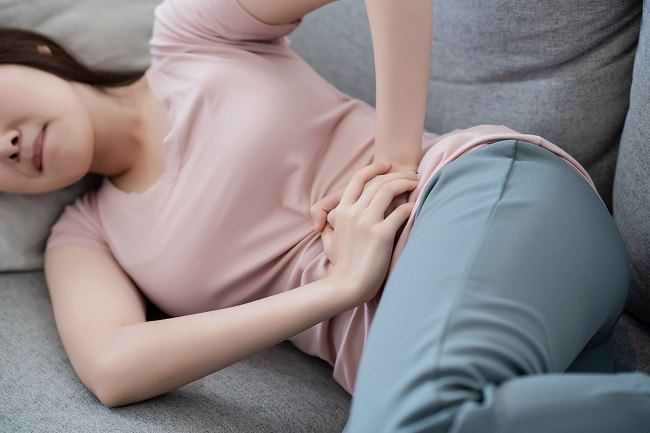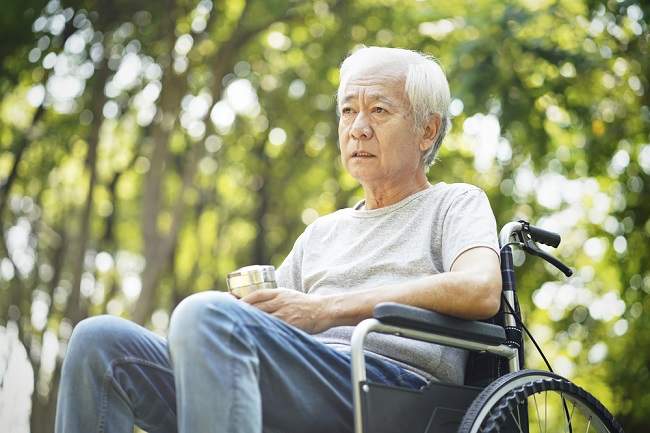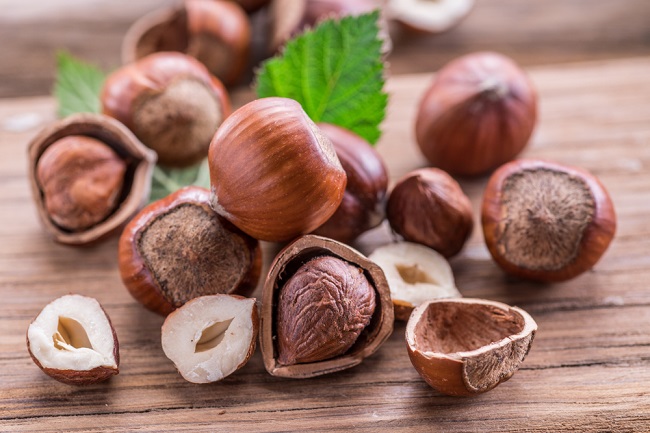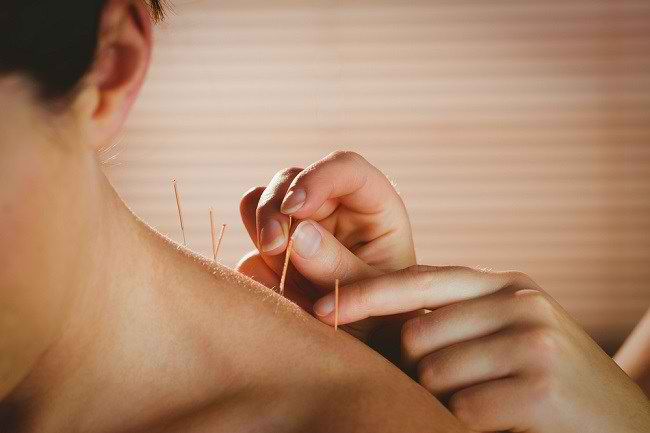Breast biopsy is a procedure tissue sampling from the breast to detect abnormalities.This procedure too This is done to evaluate whether the lump in the breast is malignant or cancerous.
A tissue sample taken from a breast biopsy is used to detect abnormalities in breast cells that cause lumps to form. The cells or tissue taken will be examined in a laboratory to determine whether breast cancer is present. A breast biopsy is also done to determine if you need a surgical procedure or other treatment.

Reasons why a breast biopsy is necessary
Doctors will usually suggest doing a breast biopsy if you find a lump in the breast during a physical examination. However, it should be understood that lumps in the breast are not always cancerous. In addition to lumps, a breast biopsy is also recommended when the doctor sees something suspicious on the results of a breast ultrasound or mammogram.
If the following symptoms or signs are found, the doctor will need to perform a breast biopsy to confirm the presence or absence of breast cancer:
- The appearance of a lump in the breast.
- The skin of the breast looks like an orange peel or there are dimples around the nipples (dimpling).
- Thick or scaly breast skin.
- Discharge from the nipple outside of breastfeeding.
- A rash appears on the breast.
- Breasts hurt.
- Enlarged blood vessels in the breast.
- The shape of the nipple changes, for example the nipple goes inward.
- A change in the size, shape, or weight of the breast.
- The lymph nodes in the armpit are enlarged.
Preparation Before Breast Biopsy
There are several things that you need to inform your doctor before a breast biopsy is performed, so that the breast biopsy procedure goes smoothly, namely:
- History of allergies to drugs, especially to anesthetics used for anesthetic procedures.
- Medications you are currently taking, such as blood-thinning drugs or anticoagulants, including over-the-counter medicines that thin the blood such as aspirin.
- Unable to sleep on his stomach for a long time.
- You are pregnant or there is a possibility of becoming pregnant.
If your doctor recommends an MRI before a breast biopsy, tell your doctor if you have a pacemaker, or if you have a metal or other implanted electronic device.
Various Types of Breast Biopsy
There are several types of breast biopsy based on the equipment used, namely:
- Biopsy afine needle inspirationThis type of biopsy can be performed under local anesthesia, and assisted by ultrasound. After being given anesthesia, the doctor will insert a thin needle into the skin to take a sample of cells in the breast. Fine needle aspiration can also be used to distinguish whether a breast lump is solid tissue or a fluid-filled cyst.
- Core needle biopsy
The doctor will use a larger needle than a fine needle aspiration biopsy. Doctors can use ultrasound and MRI as a guide to remove the core of the problematic tissue sample.
- Stereotactic biopsyTo perform a stereotactic breast biopsy, imaging from a mammogram is required to determine the exact location of the suspected tissue in the breast. The doctor will make a small incision and insert a needle or a special suction device to remove a sample of breast tissue. This breast biopsy technique is usually performed on the type of breast abnormality that is not detected when the doctor performs a breast examination.
- Surgical biopsySurgical biopsy or excisional biopsy is a type of biopsy that is done with a surgical incision. This biopsy technique is performed after the patient is under general anesthesia in the operating room.
Doctors may also take a sample of skin or nipple tissue if the patient is suspected of having inflammatory breast cancer. This condition is called Paget's disease.
Post TreatmentBreast Biopsy and the result
After the breast biopsy procedure, the doctor will send a tissue sample from your breast biopsy to a laboratory for further examination. After any type of breast biopsy, your doctor will tell you how to keep the biopsy area clean and how to change the bandage. Ice packs can be used to reduce swelling and bruising. You can also take pain relievers as prescribed by your doctor to reduce pain.
It can take several days for the breast biopsy sample to be analyzed. Usually, this biopsy takes 3 days to 1 week. The results of laboratory tests will show whether the cells in the tissue being examined are benign, precancerous, or cancerous. Based on the results of the biopsy examination or the cancer pathology report, the doctor will determine further examination and necessary treatment measures.
Breast Biopsy Risks
Breast biopsy is an important procedure for establishing the diagnosis of breast cancer. However, there are some risks and complications that can occur when undergoing a breast biopsy, such as:
- Changes in the shape of the breast, according to the extent of tissue removed during a breast biopsy.
- Bruised and swollen breasts.
- Breast tenderness at the biopsy site.
- Bleeding or infection at the biopsy site.
Immediately consult a doctor, if after undergoing a breast biopsy procedure, you have a fever, the site of the biopsy is reddish or warm, and discharges fluid. There is a possibility that the above symptoms are signs of an infection that requires immediate treatment.
